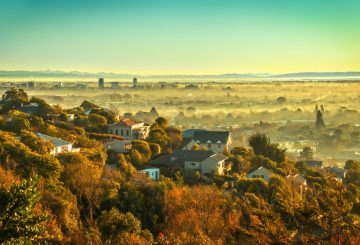这家全球领先的电动汽车制造商的负责人对新西兰为该国车队电气化和减少排放所做的努力表示赞赏。
特斯拉的罗宾·登霍尔姆(Robyn Denholm)在亚太经合组织首席执行官峰会上表示,新型电动汽车的激励措施以及目前正在议会通过的拟议汽车排放标准是世界领导力的典范。
她称政府的清洁汽车折扣计划为 “世界一流”,指出这有助于在几个月内将电动汽车的销售从新轻型汽车销售额的 3% 提高到 12%,而新车的碳排放量下降了 15%。
“这是领导力的一个很好的例子… 议会面前的清洁汽车标准将使奥特罗阿进入世界上最干净,最安全的车队之一,这是决定性的领导力。”
该费用计划将于明年 4 月生效,该计划将增加污染汽车(例如大型双出租车)的成本。
登霍尔姆将新西兰的努力与澳大利亚的零碎努力进行了对比,澳大利亚的零敲碎打努力在某些州正在进行,但不是在国家一级。
一个专责委员会目前正在研究政府法案,该法案将导致在未来六年内大幅减少新进口汽车的二氧化碳排放量,使新西兰的清洁汽车标准成为世界上最严格的标准之一,尽管当地的汽车行业和汽车制造商希望标准延迟。
登霍尔姆说,电动汽车目前占全球汽车的 1% 左右,到 2050 年使世界车队脱碳意味着到 2030 年结束内燃动力汽车的生产。
她说,特斯拉的目标是到本世纪末每年生产 2000 万辆汽车,但她表示,这种变化将是一个挑战:“我们仍处于陡峭攀升的底部。”
来源 RNZ 新闻






























































